Didiplis diandra
Scientific name: Didiplis diandra
Family: Lythraceae
Maximum size reached under cultivation: 10 - 15 cm (3.94 - 5.91 inch)
014
Recommended pH range: 6 - 7.2
Recommended water hardness: 4 - 12°dGH (71.43 - 214.29ppm)
0°C 32°F30°C 86°F
Recommended temperature range: 22 - 28 °C (71.6 - 82.4°F)
Preferred propagation method: Cuttings
Native to: North America
Growth rate: Normal
Recommended substrate: Fine gravel
Lighting requirements: Bright
Ideal placement in tank: Midground
Family
Lythraceae
Common Name
Water Hedge
Origin
North America – primarily in the eastern and central United States. Found along shallow lake edges, marshes, and slow-moving streams.
Planting Area
Midground to foreground placement is ideal. In nano tanks, it can be used even as a background accent.
Lighting Requirements
Bright lighting is essential to maintain the plant’s compact growth and reddish coloration. In lower light, the plant will appear green and more leggy.
Propagation
Didiplis diandra is propagated by stem cuttings. Remove healthy lateral shoots, strip the lower leaves, and insert the stem gently into the substrate without crushing it. Rooting occurs quickly in nutrient-rich substrates.
Difficulty
Medium – although not particularly demanding, it requires stable conditions, strong lighting, and good water quality to thrive and display its best form.
Short Description
Didiplis diandra is a beautiful, fine-leaved stem plant valued for its delicate texture and orange-red coloration under strong light. It is a fully aquatic species that naturally grows submerged but may survive emersed in very wet conditions. Due to its compact size, it’s perfect for creating contrast and adding vibrancy in the midground of planted aquascapes. Regular trimming will keep it bushy and healthy.
Frequently Asked Questions
-
Why is my Didiplis diandra turning green instead of red?
This plant develops reddish or orange hues only under bright lighting. If the lighting is too weak, the plant will remain green and may grow leggy. Ensure strong full-spectrum lighting and consider CO2 supplementation.
-
Can Didiplis diandra grow without CO2?
Yes, but it will grow slower, remain green, and may not form dense, compact growth. For optimal coloration and lushness, CO2 injection is highly recommended.
-
Is Didiplis diandra suitable for beginners?
It’s better suited for intermediate aquarists. While not overly difficult, it requires stable water parameters, clean water, and strong lighting to maintain its delicate beauty.
-
How often should I trim Didiplis diandra?
Regular trimming is encouraged to maintain a bushy and healthy appearance. Trim when stems reach the surface or begin shading each other, and replant healthy tops if needed.
-
Can Didiplis diandra be grown emersed?
While it is primarily a submerged plant, it can survive in very moist, marsh-like environments for short periods. However, its best appearance is achieved when grown submerged in an aquarium.
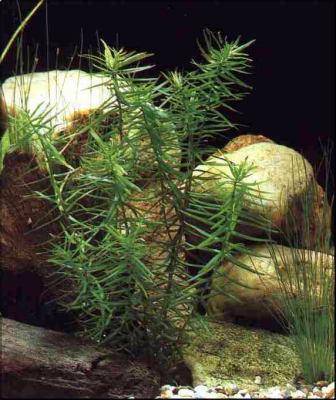
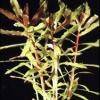 Ammania gracilis
Ammania gracilis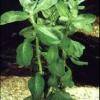 Ammania senegalensis
Ammania senegalensis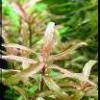 Nesaea crassicaulis
Nesaea crassicaulis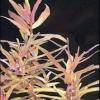 Rotala indica
Rotala indica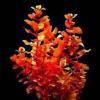 Rotala macrandra
Rotala macrandra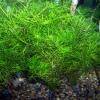 Rotala nanjenshan
Rotala nanjenshan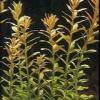 Rotala rotundifolia
Rotala rotundifolia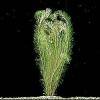 Rotala wallichii
Rotala wallichii